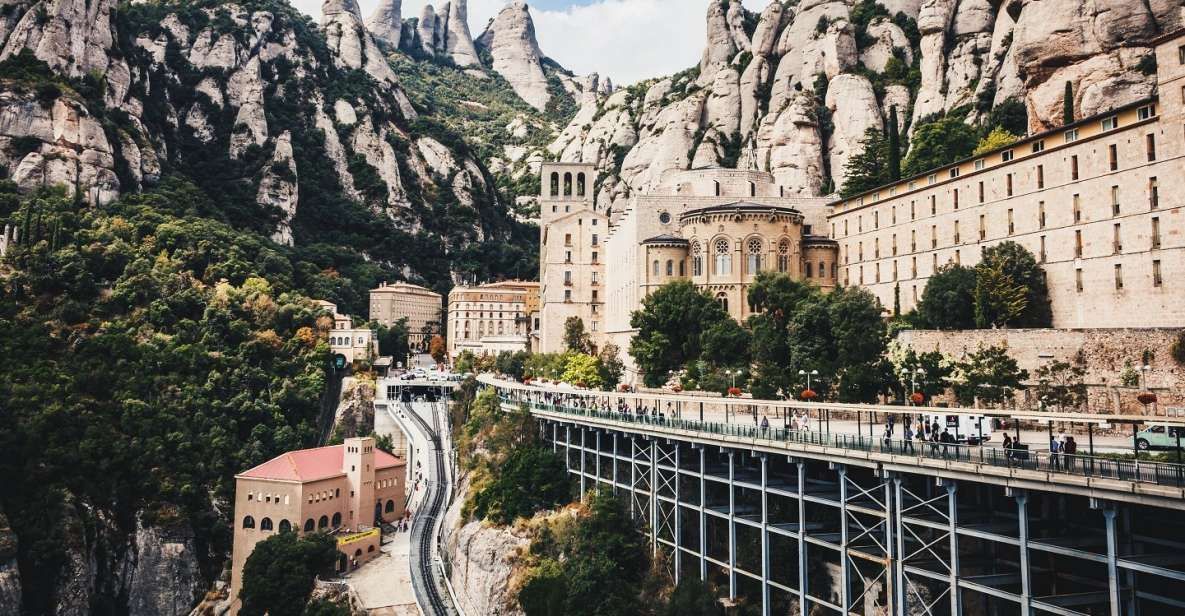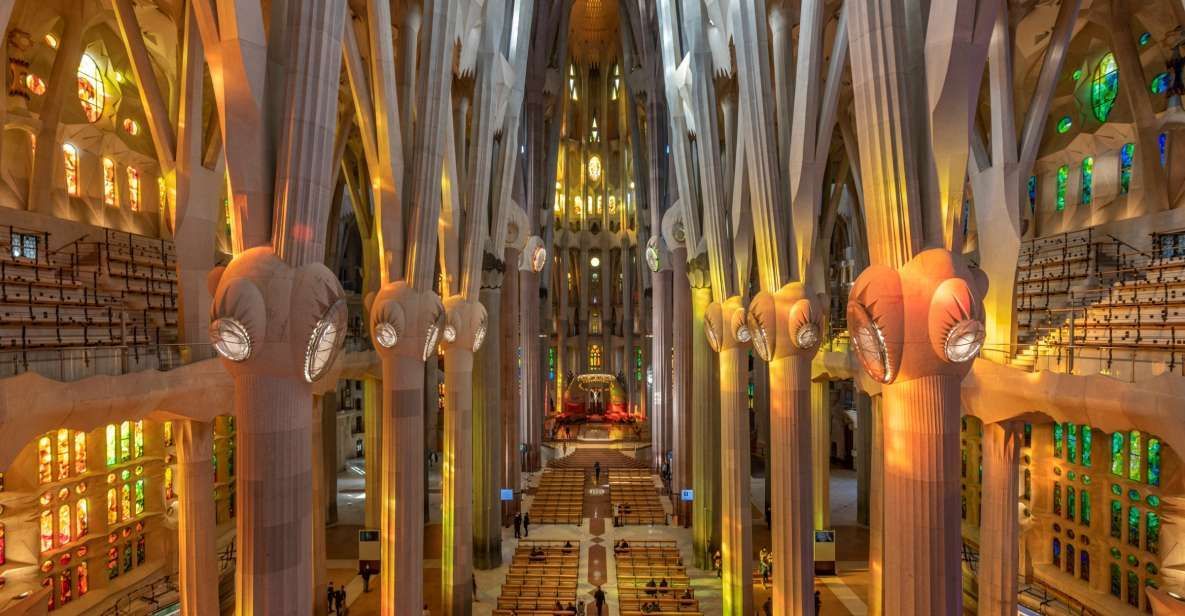
#TMp - Hashtag Travel Marketplace
🌆 Explore Cities & Regions In Mauritania
How to Experience Mauritania: Top Destinations and Reasons to Go
Mauritania, located in West Africa, is a country of striking contrasts, where the Sahara Desert meets the Atlantic Ocean. It is a land of ancient trade routes, vibrant cultures, and unspoiled natural beauty. Despite its rich heritage and stunning landscapes, Mauritania remains one of Africa’s lesser-explored destinations. This guide will help you uncover the hidden gems, top attractions, and unique experiences that Mauritania has to offer, along with practical tips on the best time to visit, cities of interest, and what to expect in terms of food, nightlife, and culture.
Top Attractions and Hidden Gems
Banc d'Arguin National Park
A UNESCO World Heritage Site, Banc d'Arguin National Park is a paradise for birdwatchers and nature enthusiasts. Located along the Atlantic coast, the park's wetlands and sandbanks host a vast array of migratory birds. It’s also home to the Imraguen fishermen, whose traditional fishing methods are a unique cultural heritage.
Chinguetti
Chinguetti, one of the ancient caravan towns of the Sahara, is often referred to as the "City of Libraries." This historic site boasts numerous medieval manuscripts and beautiful sandstone architecture. The Great Mosque of Chinguetti, with its striking minaret, is a symbol of Islamic heritage in the region.
Adrar Plateau
The Adrar Plateau is a stunning landscape of rocky cliffs, canyons, and ancient settlements. Explore the ancient ksar of Ouadane, a labyrinthine desert village that was once a thriving center of trade. The nearby Richat Structure, also known as the "Eye of the Sahara," is a fascinating geological formation that’s visible from space.
Nouakchott
The capital city of Nouakchott offers a mix of modernity and tradition. Visit the bustling fish market at Port de Pêche, where you can witness the vibrant daily catch coming in. The National Museum of Mauritania provides insights into the country’s history and culture.
Terjit Oasis
Nestled in the desert, the Terjit Oasis is a lush, green haven with natural springs and palm groves. It’s a perfect spot for relaxation and a glimpse into the traditional way of life of the Bedouins.
Activities and Experiences
Guided Tours
Opting for guided tours is an excellent way to explore Mauritania’s vast and often challenging landscapes. Knowledgeable guides can provide valuable insights and ensure a safe and enriching experience. Consider a guided tour of the Sahara, exploring ancient caravan routes, or a cultural tour of the historic towns.
Camel Trekking
Experience the timeless allure of the Sahara on a camel trek. Travel as the nomads did, crossing vast dunes and sleeping under the stars. Camel trekking offers a unique way to connect with the desert’s stark beauty and its ancient traditions.
Bird Watching
Banc d'Arguin National Park is one of the world’s premier bird-watching destinations. Join a bird-watching tour to see species such as flamingos, pelicans, and terns in their natural habitat. The park is especially significant for migratory birds traveling between Europe and Africa.
4x4 Desert Adventures
For thrill-seekers, 4x4 desert adventures provide an exhilarating way to explore Mauritania’s rugged terrain. Navigate through sand dunes, rocky plateaus, and remote villages. These tours offer a mix of adrenaline and cultural immersion.
Cultural Experiences
Immerse yourself in Mauritania’s rich cultural tapestry by participating in local festivals, visiting traditional markets, and engaging with local artisans. The Sebkha Regatta, an annual boat race in Nouakchott, is a lively event that showcases the maritime heritage of the coastal communities.
Best Time to Visit
The best time to visit Mauritania is during the cooler months from November to March. During this period, daytime temperatures are more manageable, ranging from 20°C to 25°C (68°F to 77°F), making it ideal for exploring the desert and other outdoor activities. The summer months, from May to September, can be extremely hot, with temperatures often exceeding 40°C (104°F), making travel challenging.
Cities of Interest
Nouakchott
Nouakchott, the capital city, is the heart of Mauritania. It’s a place where modernity and tradition coexist. Key attractions include the lively Port de Pêche, the bustling Central Market, and the serene Nouakchott Mosque. The city’s vibrant nightlife scene is centered around its numerous cafes and restaurants, offering a taste of local life.
Nouadhibou
Nouadhibou, located on the northern coast, is Mauritania’s second-largest city. It is an important fishing and commercial hub. The Bay of Nouadhibou is notable for the numerous shipwrecks that line its coast, creating a unique and haunting landscape. The city is also the gateway to Banc d'Arguin National Park.
Atar
Atar is a key city in the Adrar region and serves as a base for exploring the surrounding desert attractions, including the ancient town of Chinguetti and the spectacular canyons of the Adrar Plateau. The local market is a vibrant spot to experience traditional Mauritanian life.
Chinguetti
Chinguetti, while small, is a city of immense historical significance. It is one of the oldest cities in Mauritania and a UNESCO World Heritage Site. The city’s libraries house ancient Islamic manuscripts, and its mosque is an architectural marvel.
Tidjikja
Tidjikja, the capital of the Tagant region, is a remote and picturesque town known for its stunning scenery and historic architecture. The surrounding region is dotted with ancient rock carvings and traditional nomadic settlements.
What to Expect: Food, Nightlife, and Culture
Food
Mauritanian cuisine is a delightful blend of Arab, Berber, and African influences. Traditional dishes often feature lamb, goat, fish, and a variety of grains and vegetables. Thieboudienne, a flavorful fish and rice dish, is the national dish and a must-try. Mechoui, roasted lamb, and maroua, a camel milk drink, are also popular. Street food is abundant, with vendors offering grilled meats, fresh fruits, and pastries.
Nightlife
Nightlife in Mauritania is relatively low-key compared to other destinations. In cities like Nouakchott and Nouadhibou, you’ll find a variety of cafes, tea houses, and restaurants where locals gather in the evenings. These venues often feature live music and traditional performances. Mauritania’s nightlife is more about cultural immersion and socializing than vibrant club scenes.
Culture
Mauritania is a culturally rich country with deep-rooted traditions. The population is a mix of Arab-Berber and African ethnic groups, each contributing to the country’s diverse cultural heritage. Islam plays a central role in daily life, with many festivals and rituals centered around the Islamic calendar. The traditional music of Mauritania, characterized by the haunting melodies of the ardine and tidinit (traditional string instruments), is an integral part of the cultural landscape.
Visiting traditional markets is a great way to experience local culture. Here, you’ll find artisans crafting silver jewelry, leather goods, and textiles. The hospitality of the Mauritanian people is renowned, and visitors are often welcomed with a cup of zrig (a traditional yogurt drink) or ataaya (mint tea).
Conclusion
Mauritania is a destination that offers a unique blend of natural beauty, ancient history, and vibrant culture. From the serene oasis of Terjit and the historic libraries of Chinguetti to the bustling markets of Nouakchott and the bird-filled shores of Banc d'Arguin, there is something for every traveler. Whether you’re seeking adventure in the Sahara, exploring ancient trade routes, or simply immersing yourself in the rich cultural tapestry, Mauritania promises an unforgettable journey. Plan your visit to uncover the hidden gems of this fascinating West African nation and create lasting memories.
🎧 From Our AUDIO BLOG

Let's talk!
info@hashtagtmp.com
+27 76 100 7728
This website includes affiliate links. If you purchase through these links, we may earn a commission at no additional cost to you.

